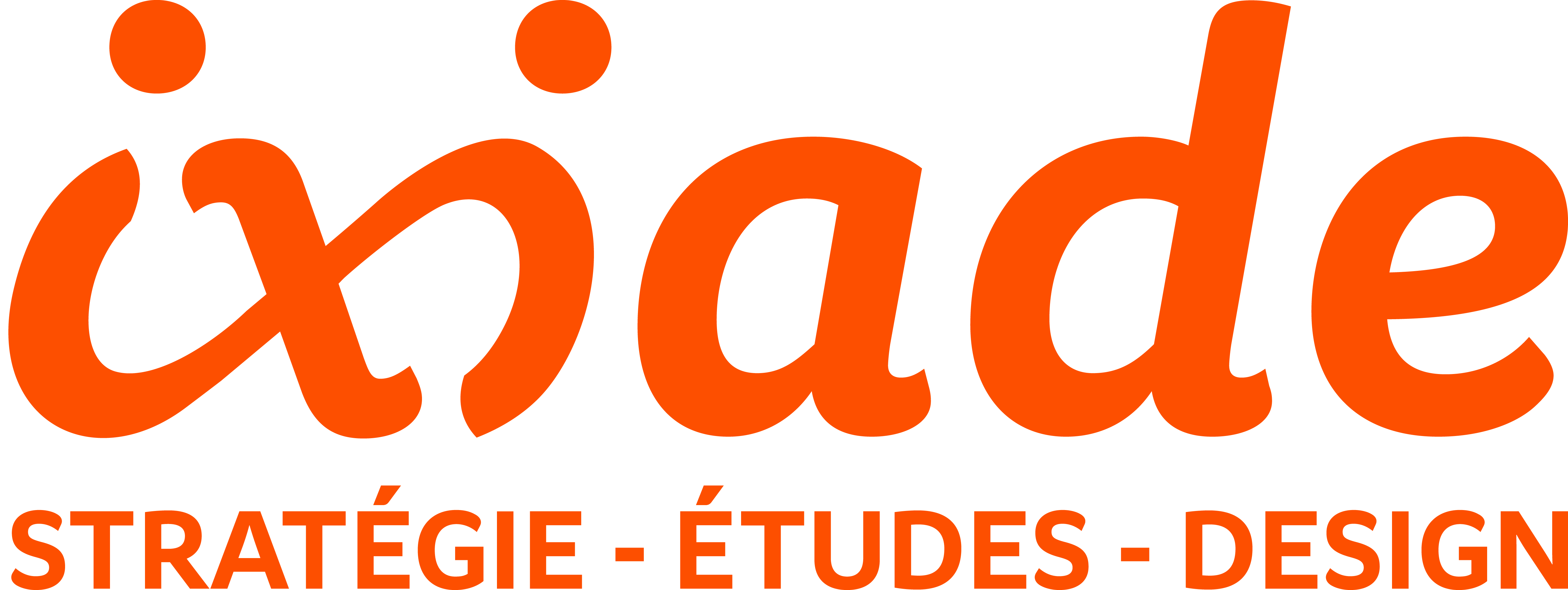Innovating is an unavoidable process to achieve growth, but it is no less risky (mobilisation of skills, heavy financial investments, sometimes uncertain results, etc.). Knowing how to define your innovation is the first step towards success. So how can you define your innovative product or service before it is put on the market? Answers by Charlotte (Decorps) Roux, Marketing Project Manager at Ixiade.
First of all, what is an innovation?
Four forms of innovation coexist: marketing innovation, organisational innovation, process innovation and product innovation. The latter form includes both innovative goods and services and can relate to several types of innovation such as social innovations, which aim to improve the well-being of individuals and communities, or environmental innovations, which are at the heart of the current sustainable development strategies. Whatever its type, the object of innovation (good or service) may be more or less different from existing solutions on the market. Thus, we call radical innovations, the ones which break with existing solutions and bring about significant changes in uses, and incremental innovations, those which are based on modifications of existing solutions rather than on the creation of a new solution.
How important is it to define your innovation?
When you have an idea for a product or service, it is sometimes difficult to be objective in formalising it, particularly because you tend to focus more on the technology than on the final innovation object. This can result in an overly ambiguous definition of the product or service, incomplete feasibility or market analyses, or a lack of consideration of the regulations and standards relating to the innovation in question.
This poor definition of innovation contributes to the high failure rate of innovations: about 75% of innovative products or services do not make it through the first year of commercialisation and this can go up to 90% in the field of new technologies. It is therefore essential, right from the earliest stage, to carefully define your innovative product or service.
How do you define your innovation?
This poor definition of innovation may, among other things, be caused by a lack of inclusion of future users in the process, leading to unclear objectives and a limited number of ideas. To anticipate this failure factor and to prevent this risk of poorly defining the innovation, several methods exist and can be applied depending on the state of progress of the innovation project.
In the exploration phase, a strategic diagnosis of the positioning can help to verify that the value proposition is well articulated around the pain relievers and the gain creators which respond to the pain experienced and the gains expected by the users. This type of diagnosis also makes it possible to determine which elements will give credibility to the offer, make it different from current market solutions and make it attractive to future users.
In the “imagine” phase, the TRIZ, CPS (Creative Problem Solving) or C-K Theory methods stimulate creativity to consider all possible options and define the most promising concept. The TRIZ method offers tools to unblock mental inertia in order to solve problems by going through an abstraction stage. The CPS method, on the other hand, proposes a creative method of problem solving to maximise the number of potential ideas before converging on the most promising one. Finally, the C-K theory contributes to the same objectives but is based on the interaction between concept and knowledge, which are brought to feed into each other.
In the experimentation phase as well as in the development phase, many other methods exist to make sure that the concept formalised in the previous phases is indeed well defined. Of course, the earlier the reflection on the definition of the innovation is prepared, the better the risks of poor definition of the product or service will be anticipated. Regardless of the phase in which the innovation project or the method used is situated, putting the future user at the centre of the thinking and definition work is the surest way to limit the risk of serious errors of judgement and decisions. This is the habit of User eXperience (UX) experts and it contributes to considerably increasing the chances of success of the innovation project.

